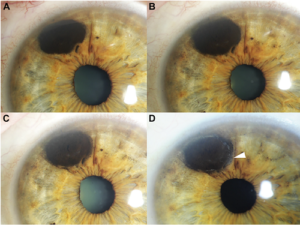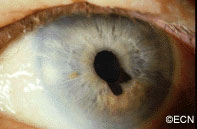A New Support Group for Eye Cancer Patients is Available!
Stress and anxiety following treatment for choroidal melanoma have been well recognized among patients and studied among doctors. In fact, The NIH-funded Collaborative Ocular Melanoma Study reported on 209 patients with medium-sized melanoma treated with either brachytherapy or enucleation. In this sub-study, their goal was to compare the quality of life between treatment groups using questionnaires.
After questioning patients, researchers found that those undergoing radiation therapy had better quality of life outcomes related to their vision, such as driving, near activities, and binocular vision. After three to five years post-treatment, this benefit did decline, paralleling a decline in vision for the brachytherapy-treatment group (this, of course, predates the advent of vision-sparing anti-VEGF therapy).
However, in the scientific article published for the study, researchers state that “certain patients treated with brachytherapy, particularly those with pre-existing symptoms of anxiety, may suffer from increased risk of anxiety as compared with patients treated with enucleation during follow-up (Archives of Ophthalmology).”
At The New York Eye Cancer Center, we are currently participating in a study evaluating patient reported outcomes after plaque brachytherapy for choroidal melanoma. The more we understand a patient’s reception of plaque brachytherapy and the effect their treatment has had on their lives, the more we can specialize our care for each individual. We strive to offer compassion and understand what our patients are going through on a personal and psychological level. In an effort to help patients deal with their stress and anxiety, The New York Eye Cancer Center has begun to host a support group specifically for eye cancer patients and survivors. Please join Karen Campbell, a Licensed Clinical Social Worker (LCSW), who will facilitate this group. Sponsored by The Eye Cancer Foundation, this group therapy session will be held on Friday, October 13, 2017 at 1:30 pm at The New York Eye Cancer Center. Join us to have your voice heard among peers who understand what you are going through!
For your convenience, please consider downloading this flyer for the Support Group that contains all necessary information. We will host more sessions in the future, so in order to stay tuned for announcements on upcoming dates, please check back on eyecancer.com regularly!














